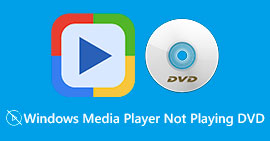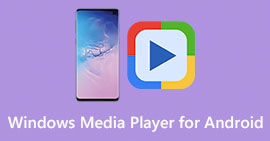Why and How to Fix Videos Not Playing on Windows Media Player
Experiencing the disappointment of videos refusing to play can be truly frustrating. It’s a mood breaker. Imagine setting up everything to chill and supposedly watch a video on your PC or desktop then it will not play. Well, you are not alone in this kind of unfortunate circumstance, so cast aside your concerns, as this article will help you understand the reasons behind videos not playing on Windows Media Player and guide you through quick and manual troubleshooting steps to resolve the issue.

Part 1. Why Videos are Not Playing in Windows Media Player
Windows Media Player, developed by Microsoft, serves as a multimedia platform for playing audio and video files on Windows operating systems. Despite its features, videos may encounter playback issues on this platform. Below are some common causes for Windows Media Player not playing mp4:
Missing Codecs.
Codecs are software components that encode and decode digital data, enabling the compression and decompression of multimedia files. If a video file uses a format unsupported by Windows Media Player or lacks the necessary codecs, the player may fail to interpret and play the content correctly.
Outdated Drivers.
Video drivers act as intermediaries between the operating system and the hardware, facilitating smooth communication. Outdated video drivers can lead to compatibility issues, resulting in suboptimal performance, including slow-motion video playback or outright failure to play certain video formats.
Corrupted Media Files.
Corruption in a storage drive or the media file itself can disrupt the integrity of the data needed for proper video playback. This corruption may occur due to physical damage, file transfer errors, or issues during the recording process. As a consequence, Windows Media Player may struggle to play the corrupted files accurately.
Incorrect Camera Settings.
When videos are recorded with incorrect camera settings, it can adversely affect the quality of playback. Issues such as jerky or blurry video may arise due to improper exposure, focus, or frame rate settings during the recording process. Ensuring accurate camera settings is crucial for producing videos that play smoothly.
Outdated Media Player.
Technology evolves, and so do media formats. Suppose your Windows Media Player is not compatible with newer video formats or lacks essential updates and enhancements. It can result in the player's inability to handle certain file types, causing videos to fail or exhibit erratic behavior during playback. Keeping the media player updated is essential for addressing compatibility issues.
Part 2. Quick Solution to Fix Windows Media Player Not Playing Video
The quick solution for Windows Media Player not playing mp4 is to use a video repair tool like the FVC Video Repair tool. This is effective to address video playback issues on Windows Media Player. When videos fail to play, it is often due to underlying problems such as corruption, missing headers, or incompatible codecs within the video files. FVC Video Repair functions by automatically analyzing the structure of these files and attempting to reconstruct or replace damaged or missing portions. This process can help fix video issues related to corrupted data, allowing the repaired video to be seamlessly played on Windows Media Player.
To use this tool, follow the steps below:
Step 1. From their official website, Download and install the program on your device.
Free DownloadFor Windows 7 or laterSecure Download
Free DownloadFor MacOS 10.7 or laterSecure Download
Step 2. Next, add the video that is not playing on your Windows Media Player by clicking the Red Plus button. Likewise, click the Blue Plus button to add the sample video.
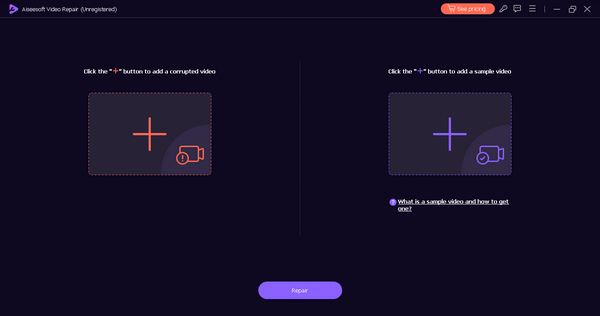
Step 3. After that, click the Repair button.
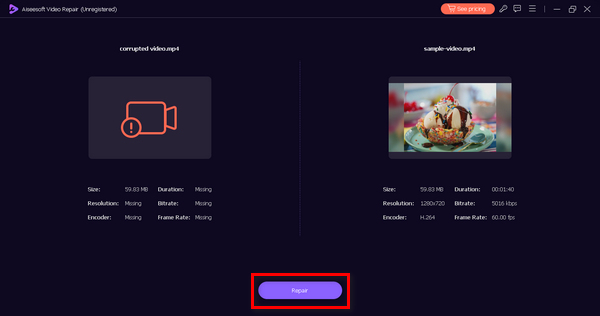
Step 4. Lastly, check if the video is now playable by clicking the Preview button. When you are satisfied with the result, save the video by clicking the Save button.
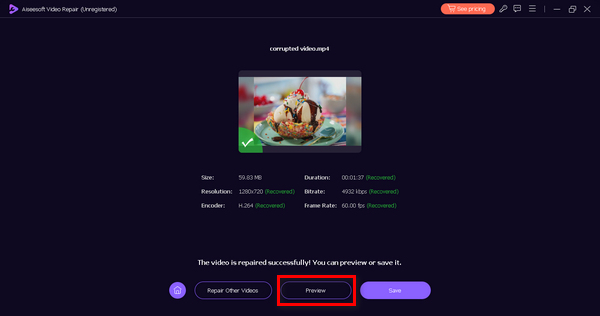
FVC Video Repair is indeed a perfect automated solution, making it less hassle for users to rectify specific problems like missing codecs or outdated drivers.
Part 3. Manual Solution to Fix Windows Media Player Not Playing Video
Method 1: Installing Codecs
Codecs are essential software components that enable the player to interpret and play various video file formats. Suppose the video file you're trying to play is in a format not supported by default or lacks the necessary codec. In that case, Windows Media Player may struggle to process and play the content correctly. Below is the guide on how you can install codecs:
Step 1. Go to Tools in your Windows Media Player and pick Options.
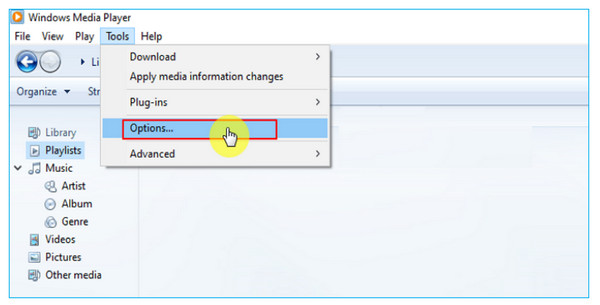
Step 2. In the Options box, click Player and check the box that says Download codecs automatically.
Step 3. Save the changes you have made by clicking Apply and then OK.
By installing the required codecs, you enhance the player's capability to handle a broader range of video formats, thereby addressing the issue of videos not playing.
If you need MKV codec, check this post to get MKV codec for Windows Media Player.
Method 2: Updating Your Windows Media Player
Updating your Windows Media Player is an effective method to fix video not playing on Windows Media Player. As technology advances, new video formats emerge, and outdated media players may lack the necessary features to support these formats. By updating it, you ensure that it stays current with the latest advancements, including the ability to play newer video file types. Below is the guide on how to update your Media Player:
Step 1. Go to the menu bar, click Help, and choose Check for updates.

Step 2. Click View all optional updates to pick the newest updates for Windows Media Player.
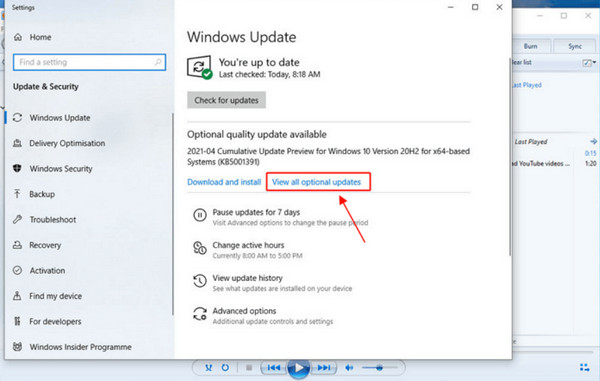
Updating your Windows Media Player addresses potential compatibility issues and enhances the player's overall performance, providing a solution to the problem of videos not playing.
Part 4. FAQs about the Videos Not Playing in Windows Media Player
Why do videos suddenly stop playing?
Videos may suddenly stop playing in Windows Media Player due to various reasons, including missing codecs, corrupted media files, outdated drivers, or issues with the media player itself. Addressing these factors, as outlined in the troubleshooting steps, can help resolve the playback interruptions.
Why is MP4 video not playing in Windows Media Player?
MP4 videos may not play in Windows Media Player if the necessary codecs are missing. Installing the appropriate codecs or using a video repair tool can resolve this issue. Alternatively, considering a media player that inherently supports MP4, such as VLC, could provide a seamless playback experience. Check this post to get full solutions to getting MKV play in Windows Media Player.
What should I do if my videos play in slow motion?
Slow-motion playback can be attributed to outdated video drivers. Ensure your video drivers are up-to-date by checking the manufacturer's website or using Windows Update. Additionally, confirming that your media player and video files are compatible can help resolve this issue.
Is there a way to fix videos with distorted or pixelated visuals?
Distorted or pixelated visuals may result from corrupted media files or incompatible codecs. Utilize video repair tools to address issues within the video file itself, attempting to restore its integrity. Alternatively, consider re-downloading or converting the video to a compatible format for improved playback quality.
Conclusion
While videos not playing on Windows Media Player is frustrating to experience, you can easily get through it by following the solutions provided in this article. So, either using a video repair tool like FVC Video Repair or the manual methods, the problem will be fixed accordingly based on their causes.



 Video Converter Ultimate
Video Converter Ultimate Screen Recorder
Screen Recorder
